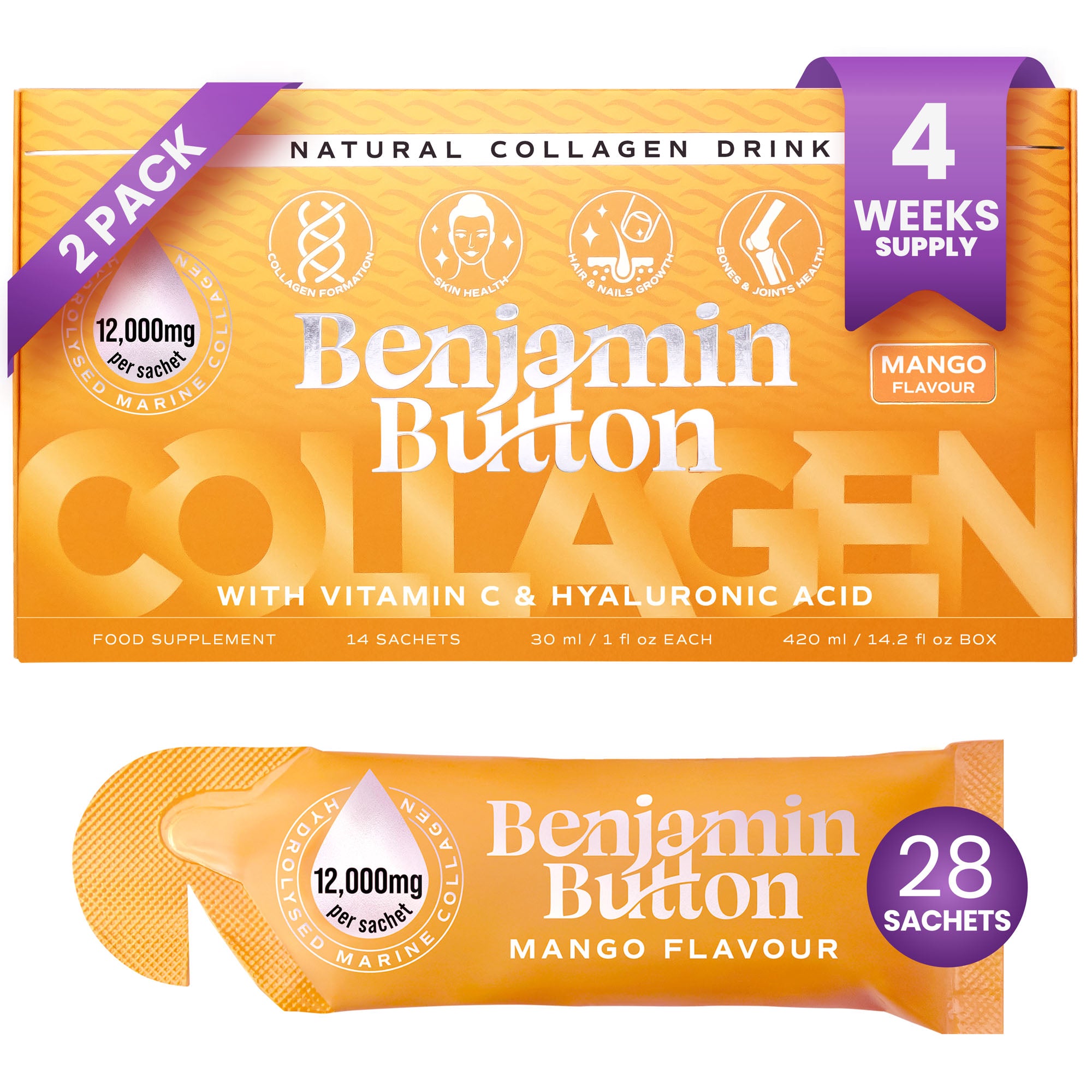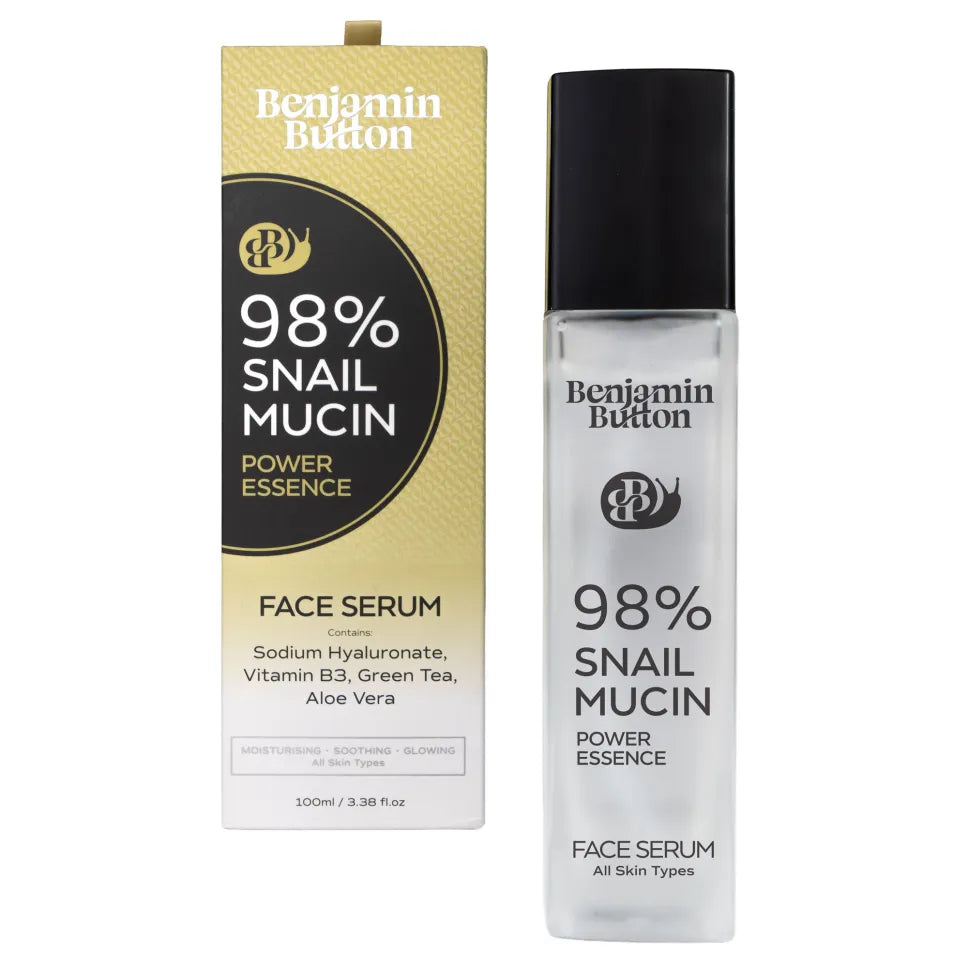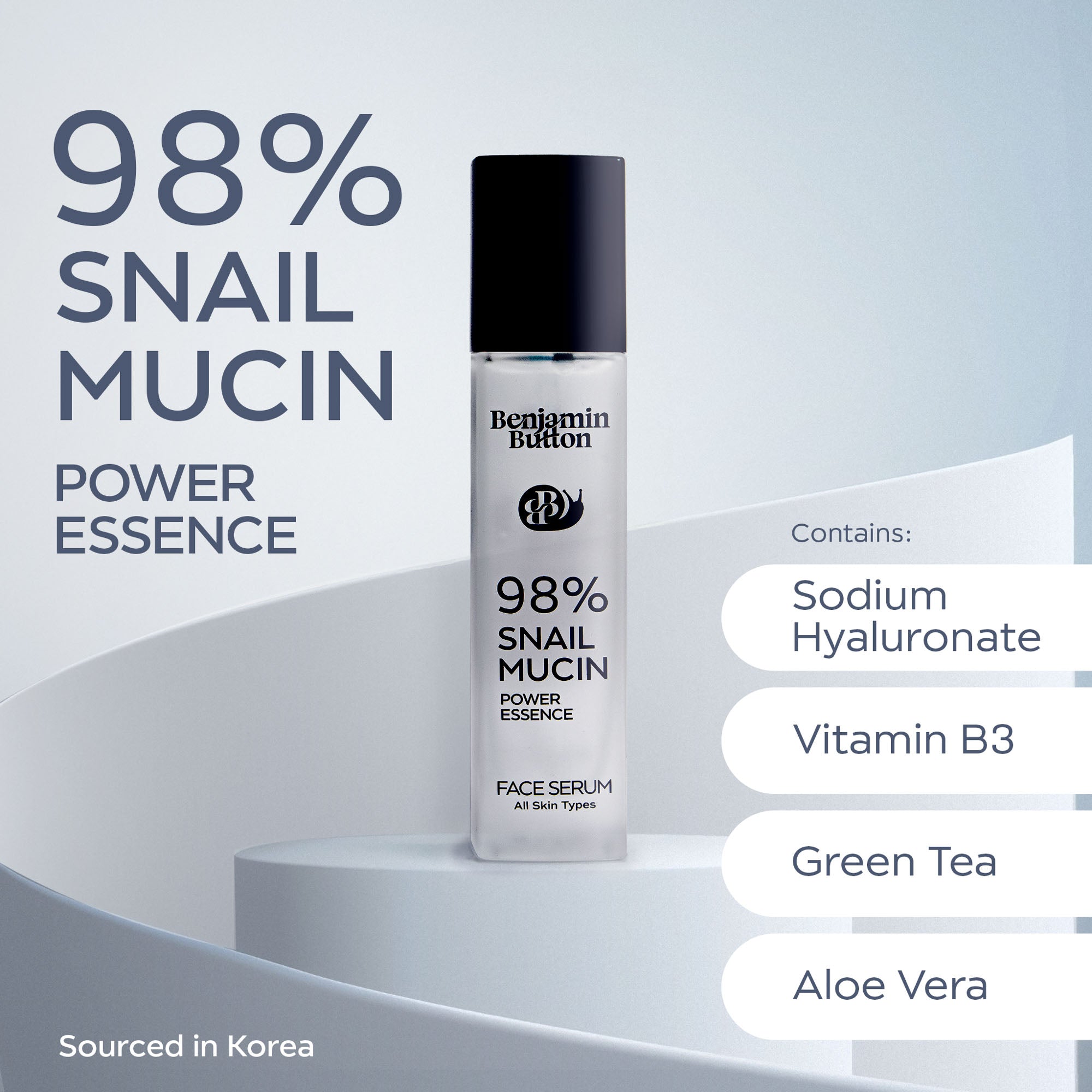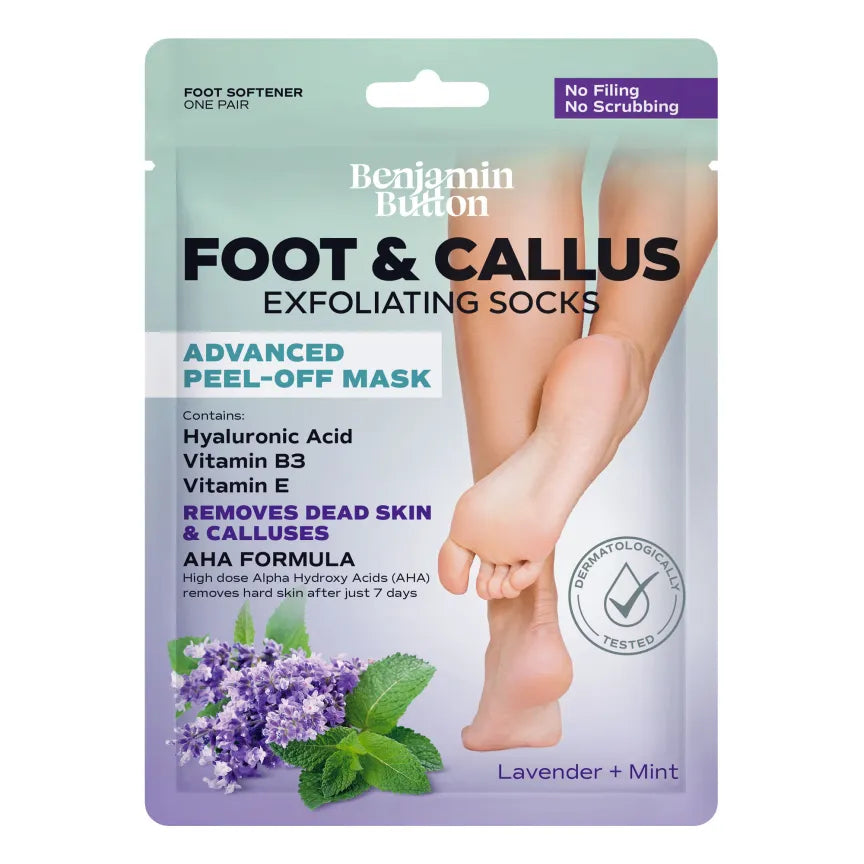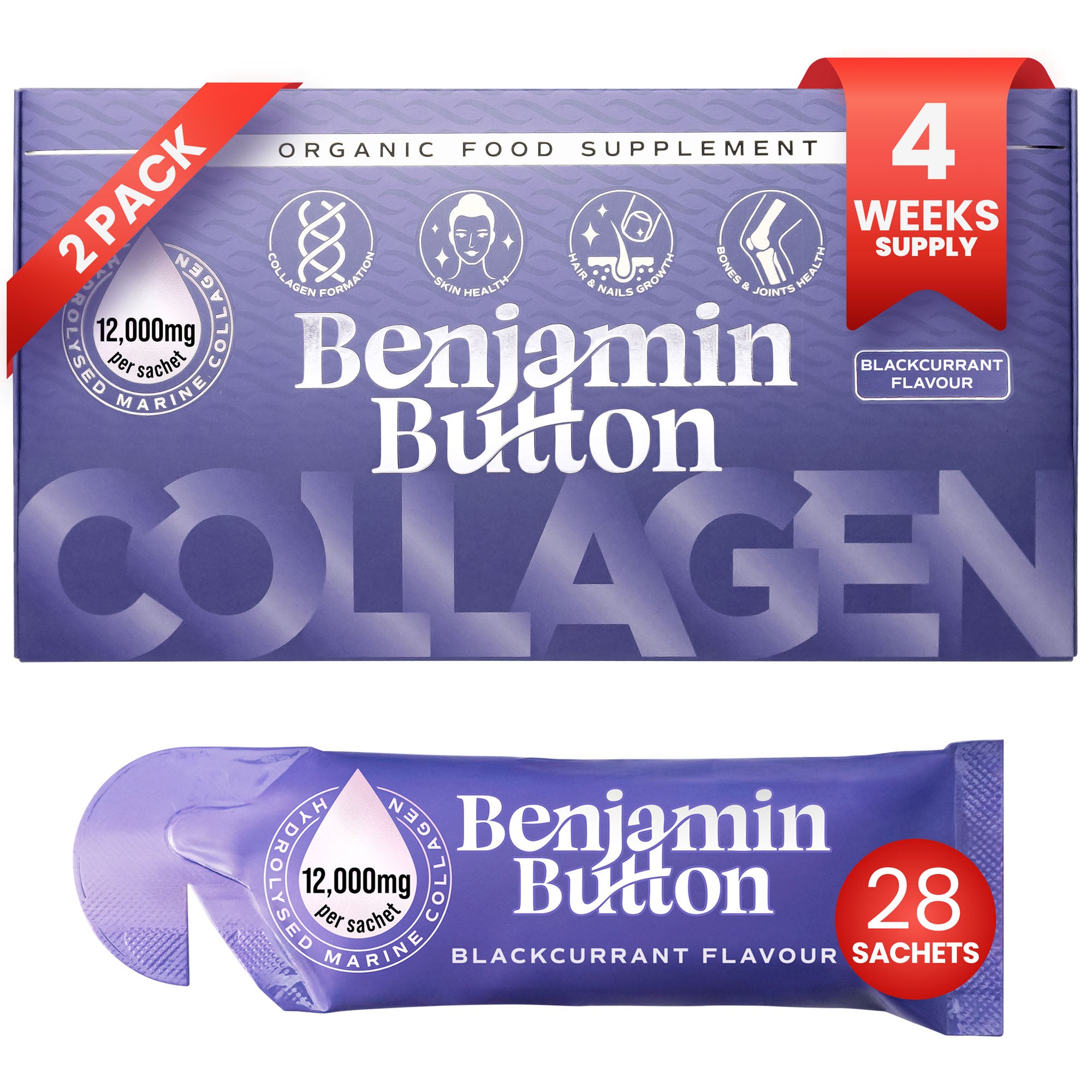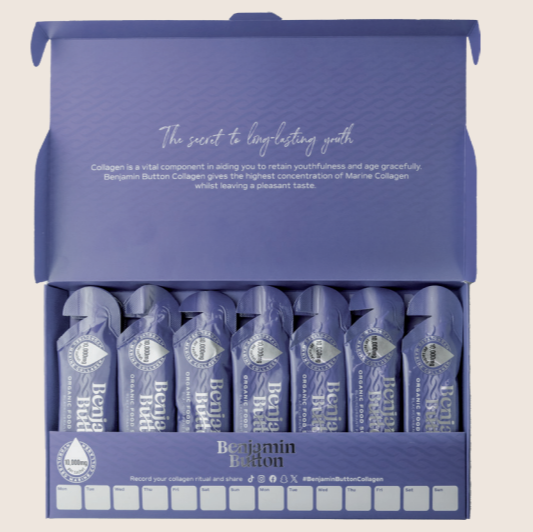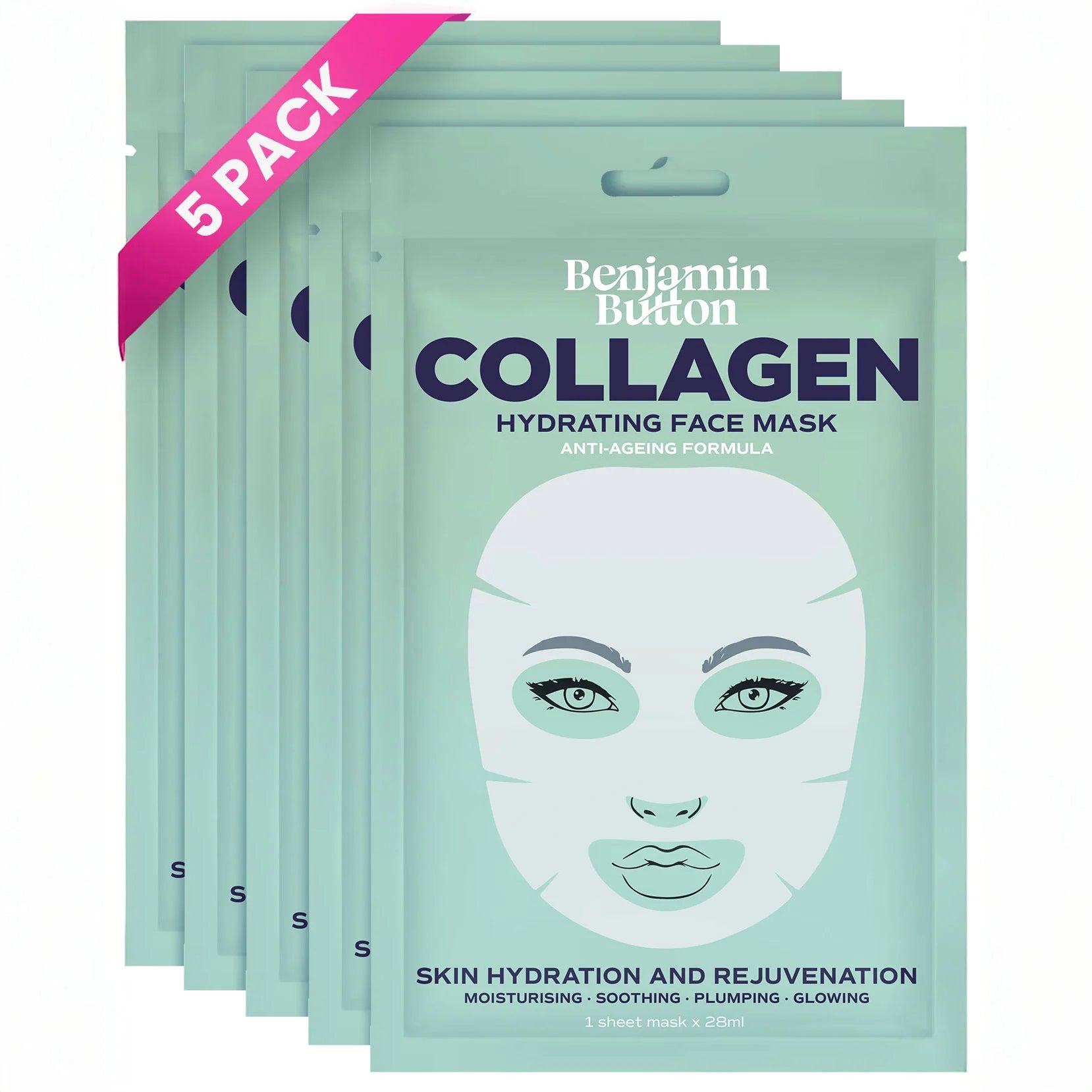The Connection Between Diet and Endometriosis Pain
Living with endometriosis can be a challenging and painful experience. Many find themselves searching for effective ways to manage their symptoms, often turning to various treatments and lifestyle adjustments. One of the most impactful changes you can make is to transform your diet. Nutrition plays a key role in overall health and can significantly alleviate endometriosis pain. Below, we explore how dietary adjustments can bring relief, how certain foods can contribute to inflammation, and tips for creating a nourishing meal plan that supports your body.How Food Choices Affect Endometriosis
Understanding the link between food and endometriosis is essential for effective pain management. Certain foods can either exacerbate or alleviate inflammatory responses in your body. An anti-inflammatory diet specifically targets the inflammation that often causes the debilitating pain associated with endometriosis.Foods to Avoid
It's important to be mindful of specific foods that may trigger inflammation. Here's a list of items to consider reducing or eliminating from your diet:- Processed foods high in trans fats
- Refined carbohydrates, such as white bread and pastries
- Dairy products, particularly full-fat versions
- Red meat and processed meats
- Sugar, especially in sugary snacks and beverages
- Caffeine and alcohol
Incorporating Anti-Inflammatory Foods
On the flip side, incorporating anti-inflammatory foods into your diet can provide relief from endometriosis pain. A range of whole foods boasts anti-inflammatory properties:- Leafy greens such as spinach and kale
- Fruits, particularly berries, oranges, and cherries
- Fatty fish, like salmon and mackerel, rich in omega-3 fatty acids
- Nuts and seeds, especially walnuts and flaxseeds
- Whole grains like quinoa and brown rice
- Legumes such as lentils and chickpeas
Building an Anti-Inflammatory Meal Plan
Creating a varied and balanced meal plan is crucial for sustainable results. Here’s how to structure your weekly meals:Breakfast Ideas
Start your day with nourishing meals. Consider:- A smoothie with spinach, banana, and flaxseeds
- Overnight oats topped with berries and walnuts
- A vegetable omelette with tomatoes, bell peppers, and kale
Lunch and Dinner Suggestions
For lunch and dinner, fill your plate with colourful meals:- Grilled salmon with a side of quinoa and spinach salad
- A hearty lentil soup paired with whole grain bread
- Stir-fried vegetables with brown rice and tofu
Snacks to Consider
Staying nourished between meals can be beneficial. Opt for:- Carrot sticks with hummus
- Greek yogurt with honey and almonds
- A handful of mixed nuts and dried fruits










